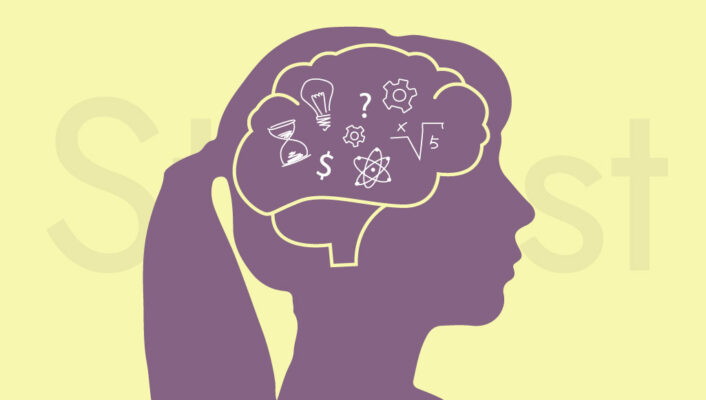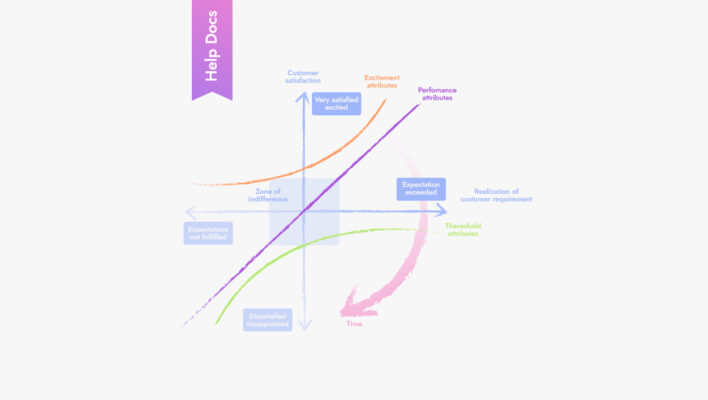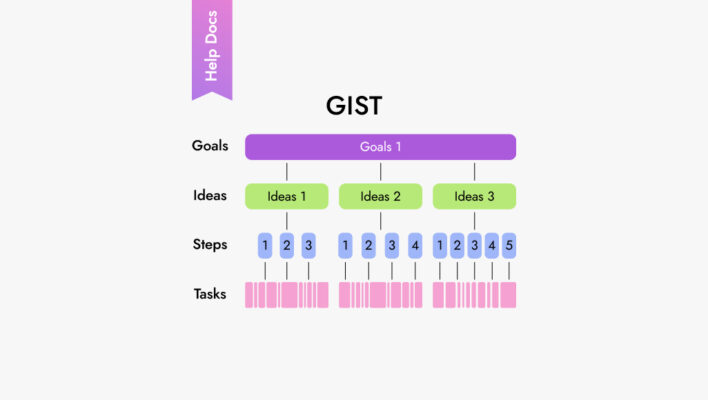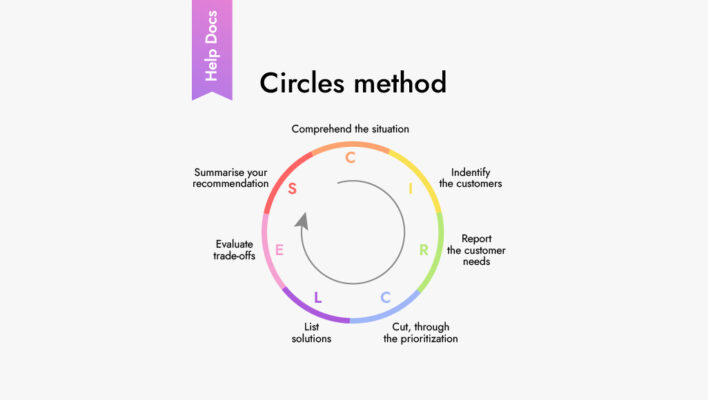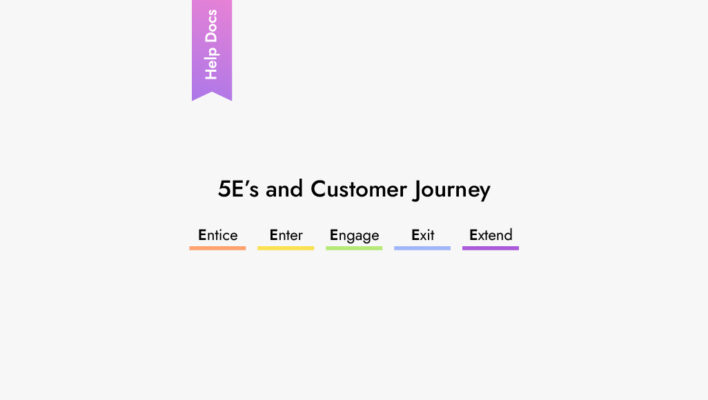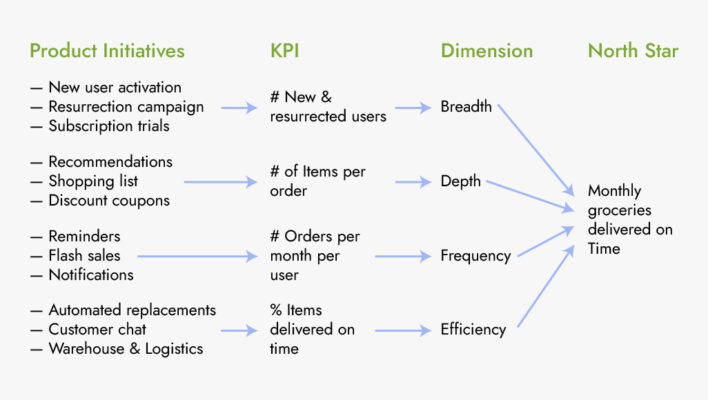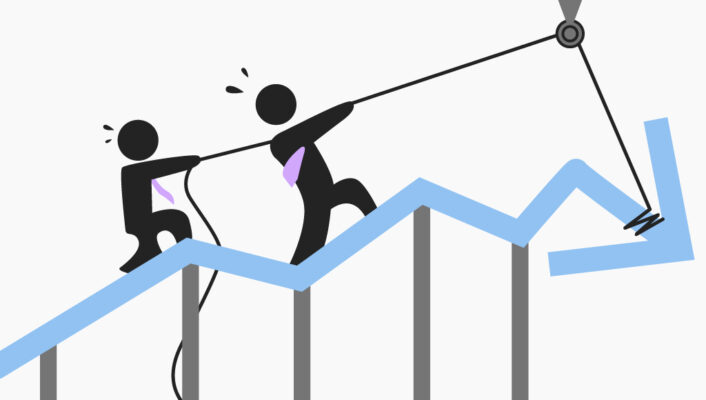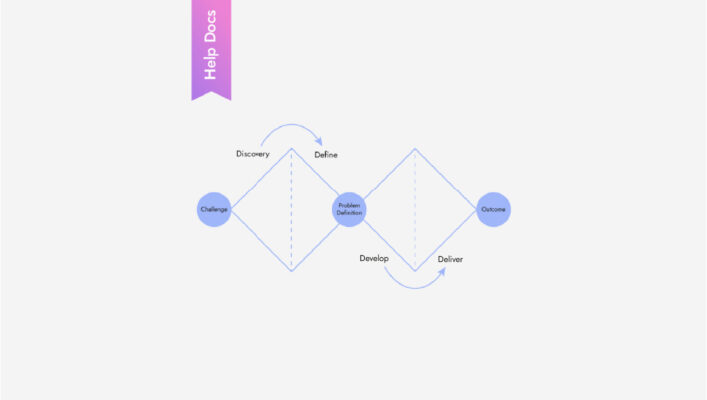«Think It, Build It, Ship It, Tweak It»: The Four Stages of Product Development That Made Spotify a Great Company
«Think It, Build It, Ship It, Tweak It» — it is one of the key principles of Spotify, which allows the company to launch products that are in demand from the audience.
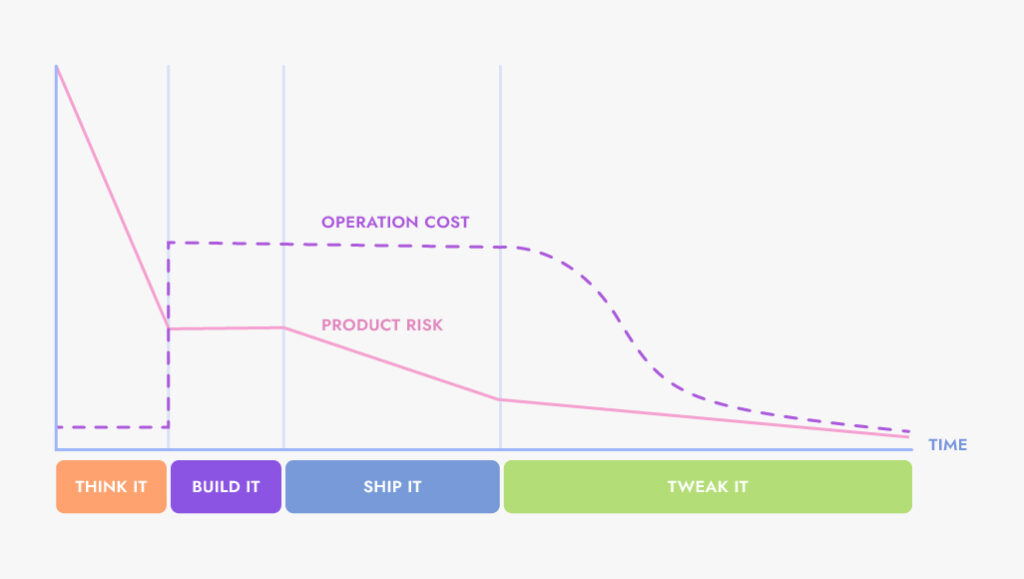
Here are the key ideas of this algorithm:
Think It = find out what type of product you are developing and for what.
Build It = create a minimum viable product ready for real users.
Ship It = gradually introduce access to it to 100% of users, measuring parameters and improving the product.
Tweak it = constantly improve the product. This is the final state, in which the product is put until it is closed or revised (= back to Think It).
This framework was invented by the employees of Spotify to reduce the risk of creating a bad product. With proper operation at each subsequent stage, the risk of creating something unclaimed by users is reduced. This allows you to invest more and more resources in development with greater confidence.
How it works
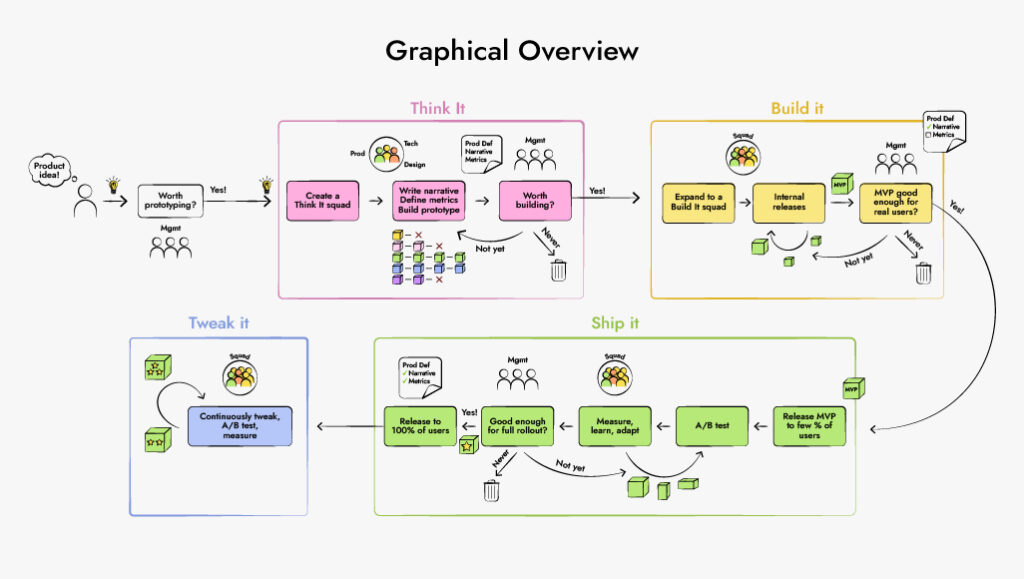
Think It
The «Think it» stage means that someone has a completely new product idea or a desire to remake an existing product.
If management agrees that the idea is worth exploring, a small cross-functional team is formed. It usually consists of a developer, a designer, and a product owner. Their task is to define the product and develop a credible prototype.
The product definition is a short document that answers the following questions:
- Why should we develop this?
- To whom and what is the benefit of this?
- What key indicators is this product intended to improve?
- What are the hypotheses?
- How do we know that the product is a success?
- Will this be a «qualitative leap» (a product can be considered as such if it improves the chosen criterion at least by twice)? If only a slight improvement is expected, there may be other reasons for its development, for example, strategic considerations.
A product definition is not a document with a list of requirements or a project plan. It doesn’t have a list of applications, budgets, resource planning, etc. It is rather a description of the project’s purpose based on the data. The most important part of defining a product is its narrative. It is important to understand how the product will be presented in the media and what it will tell users.
In addition, the team develops many different prototypes and tests them on internal focus groups, selecting the best ones. It is important to understand that the product is simply not worth developing until an impressive narrative, a workable prototype is created, and the timing of the development of the right product is calculated.
Build It
At this stage, the first group expands to a more permanent team (sometimes multiple teams) with all the necessary skills to develop, test and deliver a real product.
The goal of the «Build it» stage is to create an MVP (minimum viable product) that is good enough to release to external users, and also good enough to improve something in the product itself. MVP is developed repeatedly using agile development methods such as Scrum, Kanban, Extreme programming.
The team needs to identify the smallest possible product that they can develop to match the basic narrative and make sure users are satisfied. It is important to find a balance so that this product matches the narrative, but does not have all the features. A simple example: imagine that the necessary MVP is a bicycle, while a wheel is a poorly developed MVP and a motorcycle is an overly complicated MVP. At the prototyping stage, the team cannot release only the wheel — this will alienate users. It makes no sense to invest all your strength in creating a modern motorcycle — it is important to find a balance.
The «Build it» stage ends when management and the team come to a common understanding that this product fulfills the basic narrative and is good enough to start its release for real users.
Ship It
The goal of this stage is to gradually deliver the product to 100% of users, while measuring the reaction of the first real consumers of your product.
The team starts with a release for a small percentage of users (usually 1-5%) to collect data. Qualitative and quantitative feedback is measured. Then, based on the data, the product is changed and tested again using A\B tests. When the team and management come to a common understanding that the product produces the expected impact on a small group of users, the number of tested users increases and the product is refined on a larger number of respondents. The «Ship It» stage ends when the product is available to all users.
Tweak It
The longest stage. Although to a certain extent the product has already tested itself at the «Ship It» stage, there is always quite a lot of room for improvement. The team continues to experiment, conduct A/B testing and improve the product, while at the same time monitoring its performance. This may include important new applications or fine-tuning.
One day, the squad may come to the point of when the adjustments don’t make much difference. The product is great, the most important improvements have been made, but the price/benefit ratio looks less attractive. If you look at the indicators, it turns out that new improvements do not lead to big changes. This means that the product has reached a «local maximum».
At such a moment, the management and the squad are discussing whether they are happy with this version, or should they look for a better one? If the first is true, the team can gradually switch to new products. Otherwise, the team can go back to «Think It» to remake this product and make a jump to a local maximum.
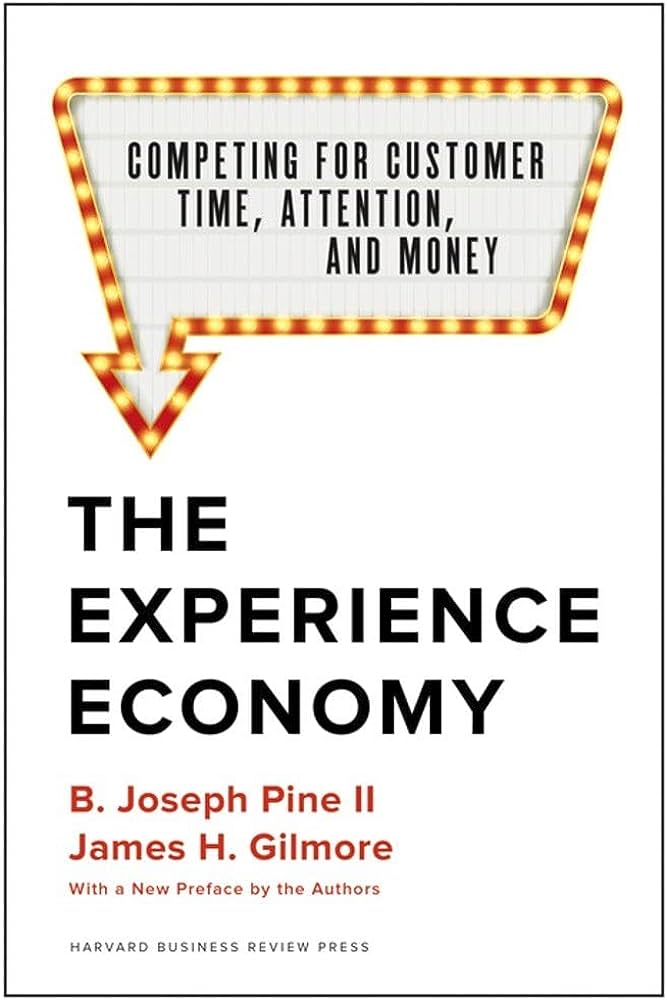
Example
Let’s imagine that we are a product team in an AI development company. We came up with the idea to create a neural network that creates music based on a text description.
Then we answer these questions for ourselves:
- Why should we develop this?
- To whom and what is the benefit of this?
- What key indicators is this product intended to improve?
- What are the hypotheses?
- How do we know that the product is a success?
- Will this be a «qualitative leap»?
After this intermediate stage, we must form a narrative. For example: «Our neural network will allow every person in the world to become a musician». Then the team tests the prototypes of the future product corresponding to the narrative in internal focus groups and calculates the time to develop the final product.
For the «Build it», the team is strengthened by the necessary specialists who create MVP using agile development methods, such as Scrum, Kanban, and extreme programming. Next, at the «Ship It» stage, it is tested on a small number of users. With the help of A/B testing, the product is brought to a state where it causes positive emotions in 100% of the audience.
Then, at the «Tweak It» stage, our neural network gradually turns into an ideal product, the improvements of which do not lead to an increase in indicators. At this point, the team analyzes the local maximum and either switches to another project, or rethinks the product and finds a new growth point.
Takeaway
«Think It, Build It, Ship It, Tweak It» framework allows you to reduce risks during development and create a truly outstanding product. For the best results, study other product models on the website and in the Storist application.
